THE CONJURING: LAST RITES (2025)
Paranormal investigators Ed and Lorraine Warren take on one last terrifying case involving mysterious entities they must confront.
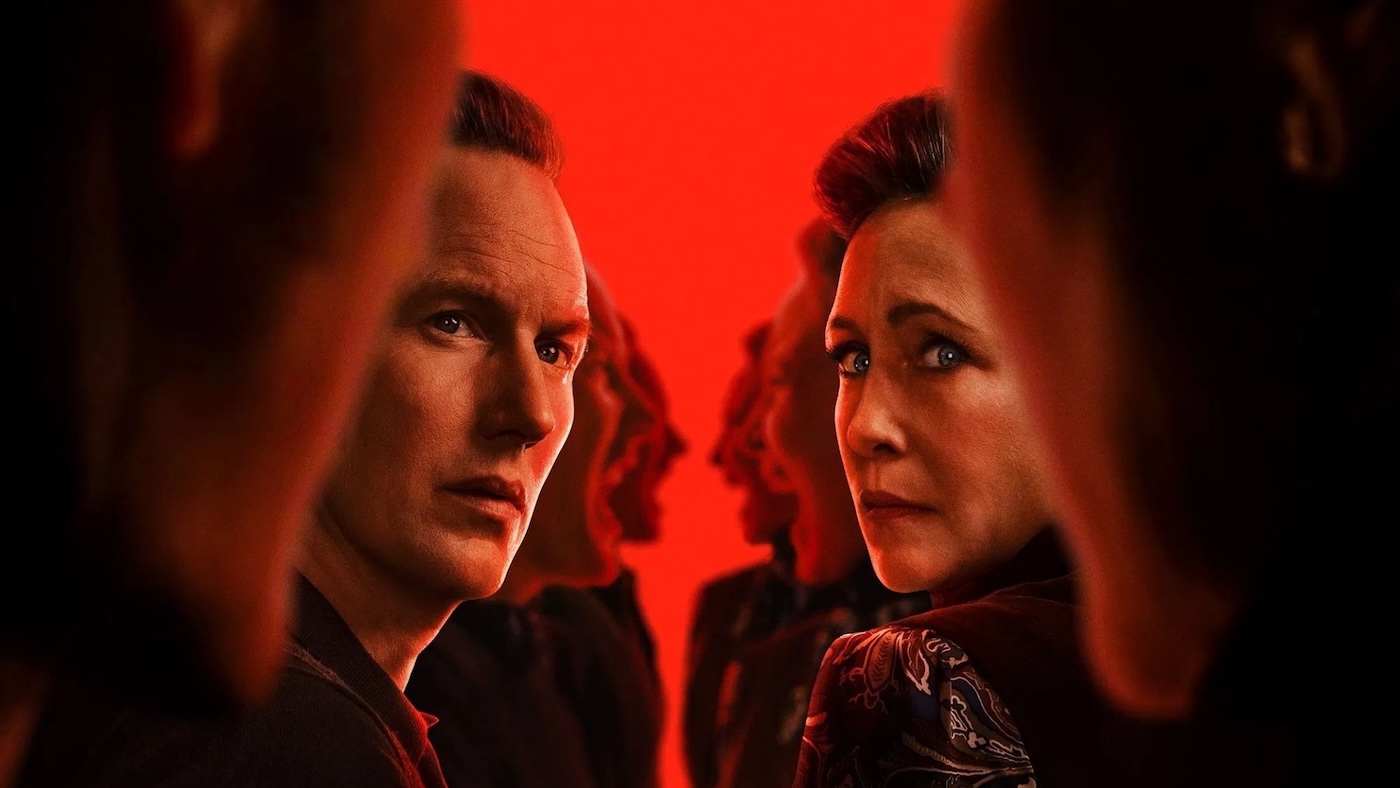
Paranormal investigators Ed and Lorraine Warren take on one last terrifying case involving mysterious entities they must confront.


The Conjuring (2013) was the first horror film I saw at the cinema. I’d never really considered myself a fan of this genre before then; mainly because I’d rarely let myself watch modern horror for fear of getting scared to death. However, when my future husband introduced me to the genre with classics like The Exorcist (1973), Halloween (1978), The Evil Dead (1981), and Poltergeist (1982), I discovered that I not only liked but loved everything about these films; from the jump scares to the monsters to the various themes and metaphors. By the time The Conjuring came out, I was fully on board with the horror genre. And, after watching that first film, it quickly became one of my all-time favourite films. Note: not just horror films, but films in general.
Its seamless blend of suspense, beautiful set design, and strong performances made this film an instant classic. So much so that, for better or worse, The Conjuring launched its own cinematic universe based on the cases of real-life paranormal investigators, Ed and Lorraine Warren.
For those unfamiliar with the Conjuring series, the Warrens were paranormal investigators in the Northeastern United States in the latter half of the 20th-century. They had a unique distinction of coming to their paranormal investigations from a Catholic/Christian theological background. This made them, at the time, unique in the paranormal universe. To this day, the real Warrens still generate controversy in both Catholic and non-Catholic circles that is better left for another article. Instead, we will focus our attention on the more fictionalised version of the Warrens presented in The Conjuring series. Particularly in the fourth and possibly final film, The Conjuring: Last Rites.
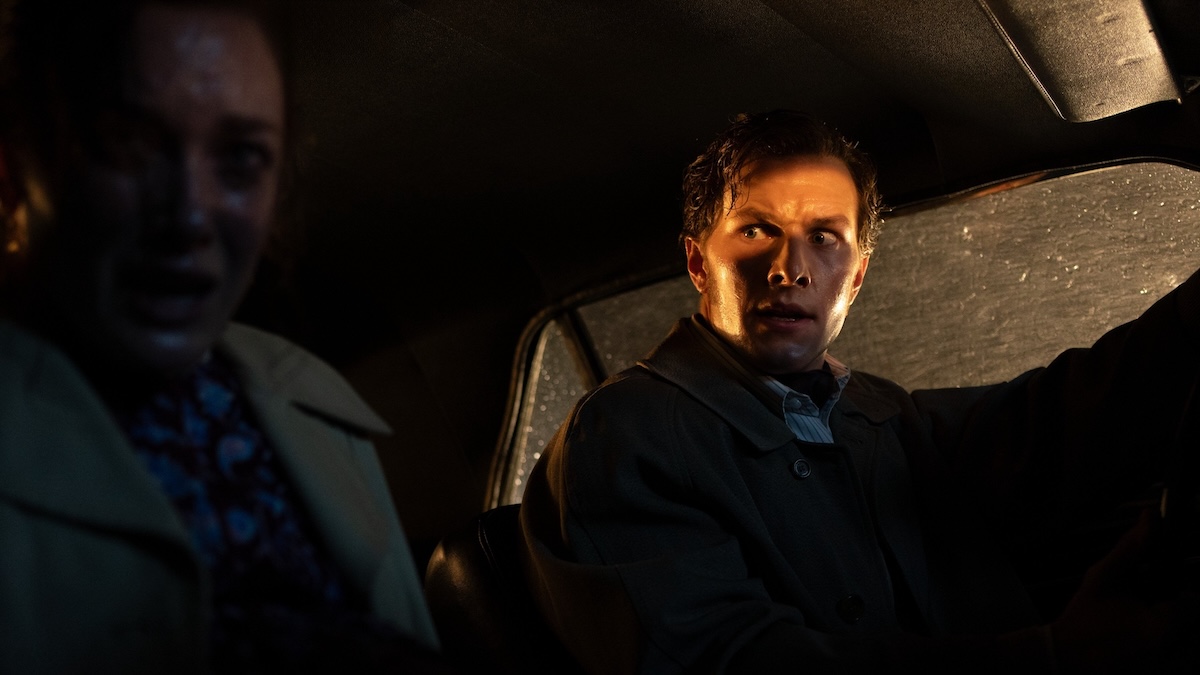
This sequel takes place after the first three films, which saw Ed and Lorraine Warren help rid families of evil infestations in their home, all while trying to raise their only daughter, Judy. Last Rites opens in 1986, more than 10 years after the first film in the Conjuring saga, and we learn that Ed Warren (Patrick Wilson) and his wife, Lorraine (Vera Farmiga), have almost entirely retired from their investigations due to Ed’s deteriorating heart health. Meanwhile, their daughter, Judy (Mia Tomlinson), is all grown up and ready to chart her own path, which includes marrying her fiancé, Tony (Ben Hardy), and attempting to shut out the supernatural visions that sometimes visit her.
Despite the Warrens’ efforts to distance themselves from hands-on paranormal work, a demon they first encountered just before Judy’s birth returns to haunt Janet ((Rebecca Calder) and Jack Smurl (Eliot Cowan) and their family. When the demon attacks someone close to the Warrens, Ed and Lorraine, along with Judy, reluctantly take on the threat at the Smurl’s home.
In typical Conjuring fashion, there are plenty of jump scares to be had. Some end on a comic note; most are terrifying. All of these suspenseful moments are truly satisfying. This is, in part because of the excellent ghoulish design choices that are affected in part by costume and makeup and in part by smart direction and camera choices. As in all the Conjuring films, the deft creation of suspense through various practical, cinematic and performance means leave the audience enthralled.

Performances from the main cast are all good. Ben Hardy, in particular, is a sweet and funny inclusion that provides heart and humour in moments when they are much needed. His relationship with Mia Tomlinson’s Judy is portrayed well and his desperation to please her parents is presented as relatable. Likewise, Wilson and Farmiga are as good as ever in their respective roles. Their chemistry has, in no small part, helped to make this franchise the success it is, and it’s on full display in the final chapter.
The other draw of this franchise is creator, James Wan’s ability to blend fright and heart together. This ability was showcased best in the first and second Conjuring films. We also saw it, somewhat surprisingly in the best of the spin-offs, Annabelle Comes Home (2019). Unfortunately, with The Conjuring: The Devil Made Me Do It (2021), as well as Annabelle (2014) and The Nun duology (2018-2023), we saw that heart slowly slip away in favour of scares and style. The same slip continues here.
While the first film seamlessly blended the story of the family tormented in a haunted house with the tale of the Warrens, the mixture is not used as well in this fourth iteration. Indeed, the focus of the film is so much on the Warrens and their relationship with their daughter that the Smurl family experiencing the supernatural phenomenon is almost entirely sidelined.
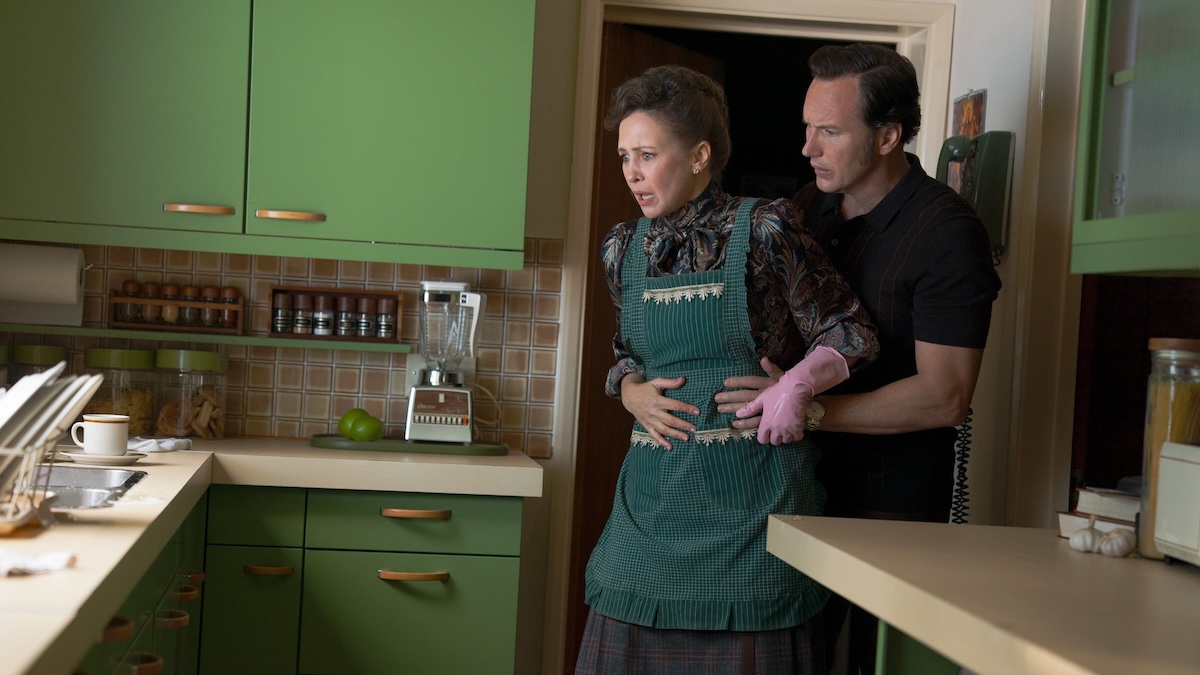
Equally sidelined is the theological framework that helped, in large part, to create the allure of the Conjuring universe. The first, second, and even third film were fully steeped in Catholic tradition and theology. Whether or not we, as filmgoers, subscribe to that religion, it must be admitted that the framework of that belief system largely created the allure and the mystery behind the Warrens and their work.
Unfortunately, those traditions have been largely sidelined here. Though there are prayers and a priest walks around the house with holy water, the bones thrown to Christianity are, like the Smurls, sidelined and largely perfunctory. The importance of faith and the need for us to fight against the powers of darkness play no ultimate role. There’s hardly a mention of God or exorcism beyond the expected dramatic prayers performed.
Even when Lorraine teaches her daughter how to fight against the evil visions she experiences, she bids her recite a nursery rhyme rather than a prayer. While this may seem like an irrelevant detail, I found it to be emblematic of the move away from the film’s roots and towards a secularised style. Instead of a prayer that might actually be used in a Catholic setting, the director and writers chose a children’s rhyme that has no significance to the characters or the world, seemingly only for the “creepy” factor.
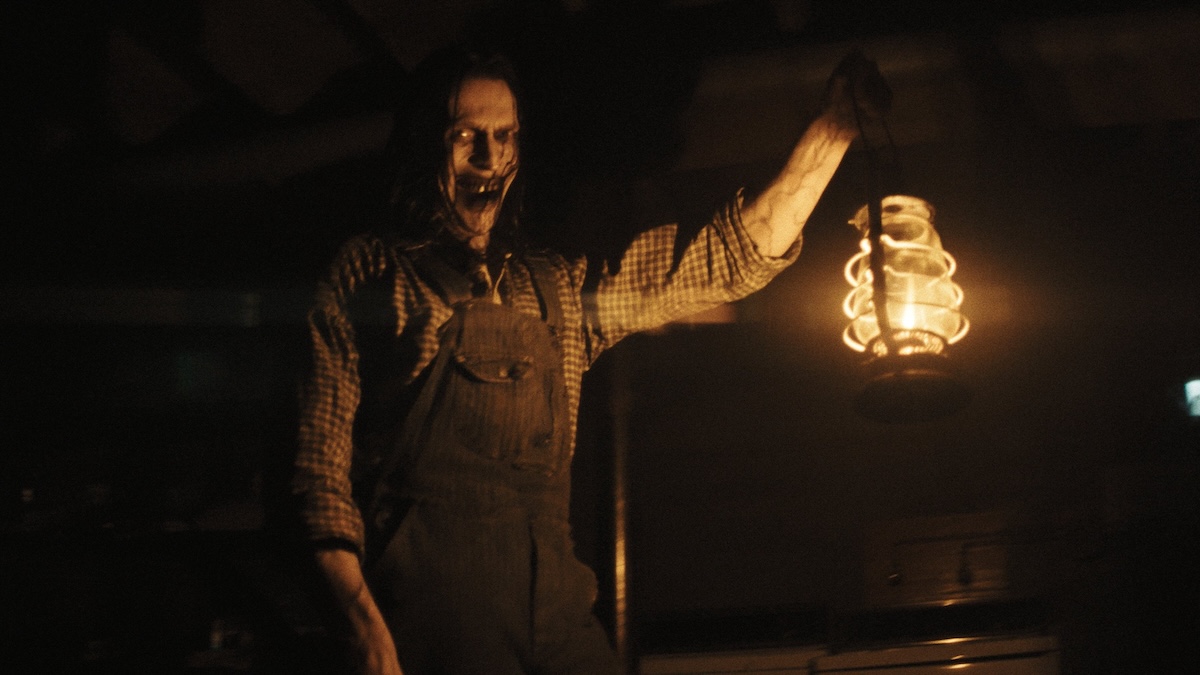
Though not as egregious as the Corin Hardy and Michael Chaves-directed Nun spin-offs, this latest film in the franchise still gives its characters very simple solutions to their internal struggles. It seems as though there is no problem that cannot be solved by simply confronting a demon, with or without faith, and living to tell the tale.
Unlike the first Conjuring which involved itself both with religious faith and the power of Motherly love as the final catalyst, there is less emphasis on greater power here. Instead of a satisfying conclusion in which the family being tormented bands together, or even one where the Warrens have to come together, we get a half-baked conclusion that will see viewers left unsatisfied.
Luckily, this final chapter in the saga offers us two endings. The first is the over simplified and less than satisfying conclusion to the Smurl family’s plight. The second is a surprisingly moving and endearing send off for the Warren family. This ending, which brings back several characters from the early days of the franchise, proves less scary but much more fulfilling. It’s this second ending that leaves the audience with a nostalgic and warmly entertained feeling in spite of the characterisation missteps.
That, in part, is why this final chapter will still leave viewers entertained and is well worth a trip to the cinema. It’s not a brilliant film, but it allows us to spend two more hours with our old friends, The Warrens. It gives us a closure on a series we’ve come to love in spite of its flaws and entertains us in the meantime. Here’s hoping that the film’s production team has the good sense to let The Conjuring franchise rest after a life well lived and a job well done.
CANADA • USA | 2025 | 135 MINUTES | 2.39:1 | COLOUR | ENGLISH

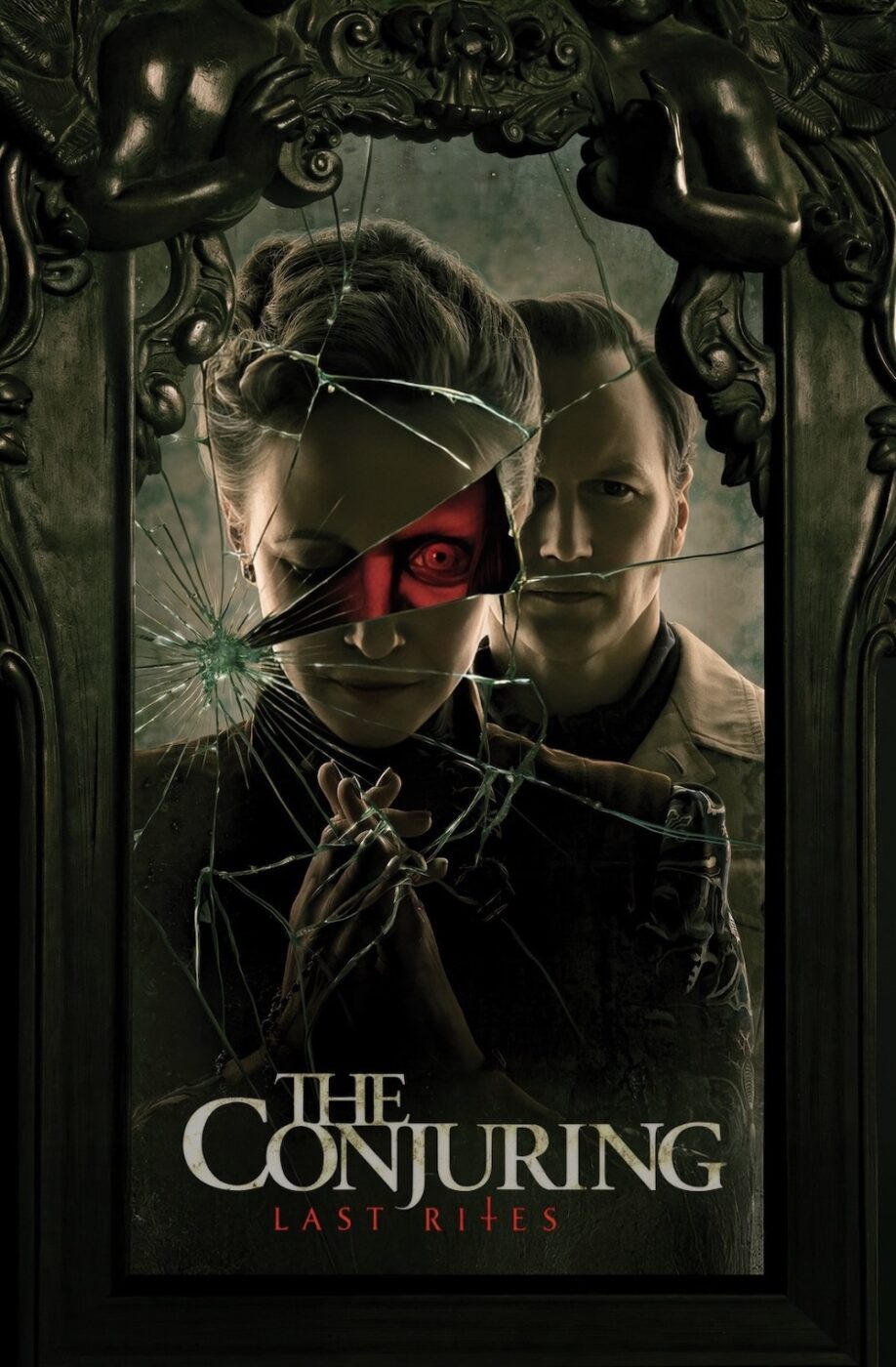
director: Michael Chaves.
writers: Ian Goldberg, Richard Naing & David Leslie Johnson-McGoldrick (story by David Leslie Johnson-McGoldrick & James Wan; based on characters created by Chad Hayes & Carey W. Hayes).
starring: Vera Farmiga, Patrick Wilson, Mia Tomlinson, Ben Hardy, Rebecca Calder, Elliot Cowan, Kíla Lord Cassidy, Beau Gadsdon & Peter Wight.
